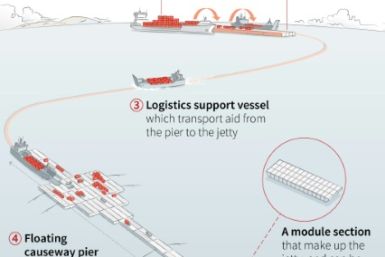Australian Dollar Outlook - 02/08/2012
Bell FX Currency Outlook:
The Australian dollar is steady this morning trading at USD 1.0800 after reaching a new six-month high yesterday
following the Reserve Bank of Australia's decision to leave the cash rate unchanged.
Australia: Yesterday was one of the more interesting days we have had in financial markets for some time and goes to show "it ain't over til it's over".
The Reserve Bank of Australia (RBA) did the opposite of what pretty much all of us thought was a certainty when they kept the cash rate on hold at 4.25%.
In holding off, the Bank substantiated its decision describing improved conditions in Europe, the US and China. The AUD rallied by nearly 1 US cent to USD 1.0823, its highest level since August. In assessing the AUD, it is important to consider the "tone" of the Bank's statement which suggests the RBA Board is content with current monetary policy settings and furthermore, note the Bank's willingness to cut with the RBA ready to act if "demand conditions weaken materially."
It appears there won't be a cut then unless the Banks sees a significant weakening in domestic economic conditions (unemployment pick up) or a re-tightening of financial conditions via a higher exchange rate or an increase in the
retail cost of credit.
So it appears the AUD is destined to stay at these levels for a while yet. The next piece of data is the NAB quarterly Business
Survey tomorrow.
Japanese data in Asia will probably [lay second fiddle to ongoing analysis of yesterday's RBA decision and statement.
Majors: The US Dollar was softer overnight following comments from FOMC chairman Bernanke that inflation would remain 'very subdued'. In his testimony to the Senate Budget Committee overnight, Bernanke noted the US economy still has "a long way to go before the labour market can be said to be operating normally", adding that "particularly troubling is the unusually high level of long-term unemployment".
He added the current unemployment rate of 8.3% "understates the weakness" of current labour market conditions and that the pace of improvement remains heavy and it will most likely take a couple of years to get down to a 7% unemployment rate.
Meanwhile, the EUR rallied following headlines stating Greek officials were working on a draft agreement in relation to the Troika's bailout conditions and this saw EUR/USD rallying above 1.3250 for the first time since early December.
The Scandinavian currencies all outperformed against the USD alongside higher oil prices.
Economic Calendar
08 FEB AU Westpac Consumer Credit
JP Trade Balance
GE Current Account
US MBA Mortgage Applications






